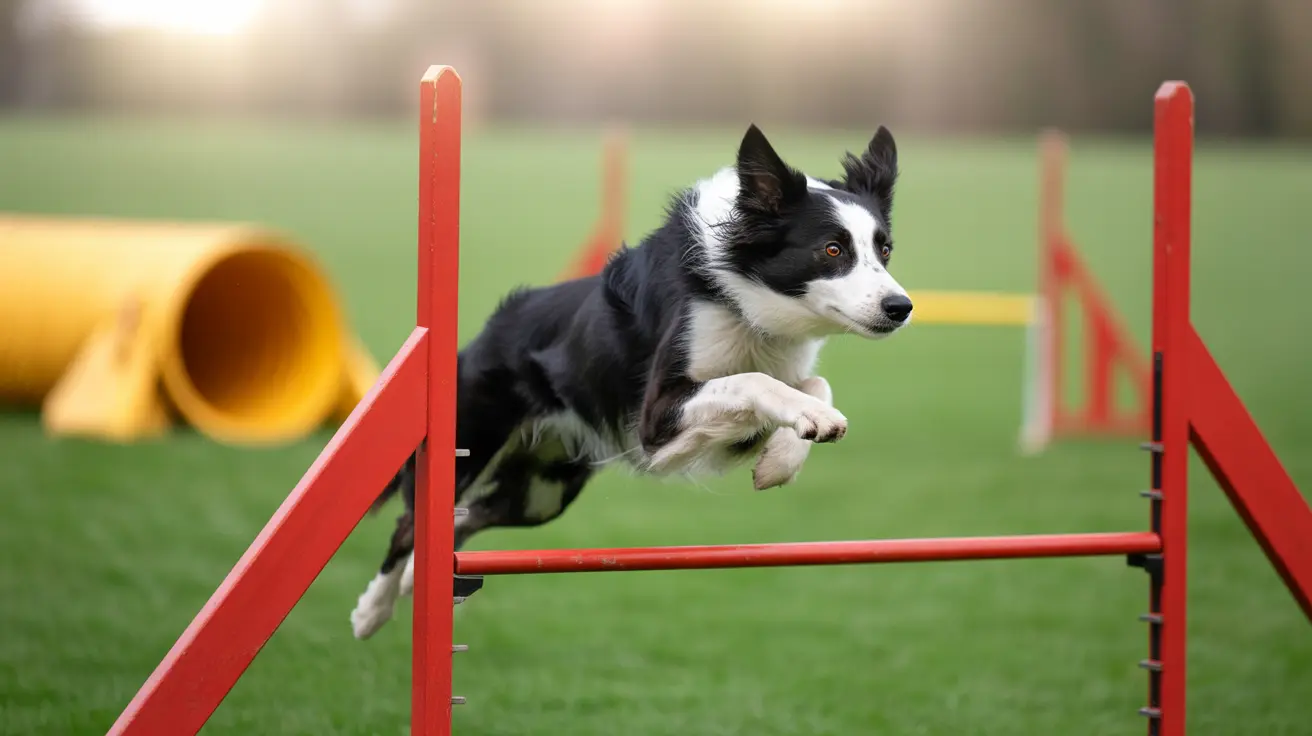Understanding How Dogs Perceive Time: What One Hour Means to a Dog
As pet owners, we often wonder how our dogs experience the passage of time, especially when we're away. While dogs do not perceive time in the same linear and abstract way humans do, their behavior suggests they form a sense of its passage through routine, sensory input, and emotional associations.
Time Perception in Dogs: Not Like Ours
Unlike humans who use episodic memory to recall specific events and timelines, dogs primarily rely on associative memory. That means they don't remember isolated moments based on time elapsed but rather on contextual cues like smells, sounds, or environments tied to emotions or routines.
Short-Term vs Long-Term Memory in Dogs
- Short-term memory: Lasts only a few minutes. A dog may quickly forget events unless they are emotionally significant.
- Long-term memory: Formed through repetition and emotional involvement, such as daily feeding schedules or the voice of an owner, and can last for years.
Therefore, when considering how long an hour feels, it's less about the tick of the clock and more about how different the environment and context are during your absence.
Sensory Awareness and Time
Dogs experience the world largely through their exceptional senses. Their extraordinary sense of smell allows them to detect time-based changes in scent (such as fading smells), helping them estimate how long it’s been since someone left.
Visual and auditory memories also play a role. Dogs recognize human faces and voices and often associate them with routines or emotional experiences.
Emotional Influence on Time Perception
Dogs are emotionally intuitive. They often mirror the emotional tone and expectations around them. When left alone, a dog’s sense of anticipation and longing can make even a short absence seem longer, especially if separation anxiety is at play.
Scientific Insights: Dogs and Time
While there's limited direct research into how dogs measure time, behavioral studies show they can differentiate durations and react differently based on how long their owners were gone:
- Short absences (under 30 minutes): Less intense greetings, minimal behavioral change.
- Longer absences (over 1 hour): Dogs may express greater excitement or anxiety upon your return, suggesting a perceptual difference.
Tips to Help Your Dog Cope with Time Apart
If you’re often away for hours, help your dog feel more secure and mentally stimulated:
- Maintain consistent routines for feeding, walking, and playtime.
- Leave behind familiar scented items like a worn shirt.
- Use interactive toys or treat puzzles to occupy your dog’s mind.
- Consider audio stimulation like soft music or pre-recorded voice messages.
Conclusion: Does One Hour Feel Endless?
To a dog, one hour isn’t measured in minutes but in the absence of familiar cues, routines, and emotional connections. If your dog waits eagerly at the door or greets you wildly after just one hour, it’s not necessarily because the time felt long—it’s because your return rekindles their emotional memory and joy.
Understanding that dogs experience the world through smell, routine, emotion, and presence helps us become more empathetic to their needs and reinforces the importance of consistency and affection in their daily lives.





